Ecological Art: Nature, Activism and Transformation
In tandem with our re-OpenLab ‘Architextures’ music series, here we look at Ecological Art, from its roots in the 1960s environmental movement to contemporary practices addressing climate change we explore pioneering artists, landmark works and the movement’s ongoing relevance.

Art Meets Ecology
Ecological Art, also called Eco-Art or Environmental Art, is a movement that bridges creativity and environmental activism. Unlike traditional art forms that exist primarily for aesthetic appreciation, Ecological Art directly engages with the natural world and its processes. From early experiments in urban green spaces to monumental interventions in landscapes, Ecological Art highlights humanity’s interconnectedness with the environment and challenges us to reconsider our ecological footprint.
The movement emerged during a time when environmental awareness was rapidly growing. Artists began to question the role of art in society: Could art inspire change beyond galleries? Could it contribute to ecological preservation? Ecological Art answered “yes” by embracing materials, spaces, and processes that connected art-making to ecological realities.
“Art has the power to inspire, move, and provoke meaningful conversations about the world we live in.”
Elena Fontaine
Table of Contents

The 1960s – A Decade of Environmental Awakening
The 1960s were transformative both culturally and environmentally. Rapid industrialization and urban expansion led to air and water pollution, deforestation, and habitat destruction. Public concern grew as scientific research, including Rachel Carson’s Silent Spring (1962), revealed the devastating effects of pesticides on ecosystems and human health. Carson’s work not only galvanized environmental policy but also inspired artists to use their work as a platform for ecological consciousness.
In the United States, the first Earth Day in 1970 reflected a broader cultural awakening. Artists, influenced by Land Art, Minimalism, and experimental art forms, began exploring how creative interventions could interact with natural processes. Alan Sonfist, for example, started envisioning his Time Landscape in the 1960s, an ongoing project to restore native vegetation in Manhattan, prefiguring the urban ecological installations that would become central to the movement.
The decade was also marked by experimentation with ephemeral art that responded to nature’s impermanence. Artists incorporated soil, water, plants, and even erosion into their works, foregrounding the transient and interdependent qualities of ecosystems. Ecological Art in the 1960s was as much a philosophical statement as a visual experience – challenging the notion of art as static and emphasizing the dynamism of natural systems.
“Art can change the world, but can it save us from climate extinction?”
The Guardian

The 1970s and 1980s – Expansion and Institutional Recognition
By the 1970s, Ecological Art had begun to gain recognition in museums, galleries, and public spaces. Institutions began hosting exhibitions with an environmental focus, signalling that ecological concerns were gaining legitimacy within the art world. Artists like Agnes Denes, Alan Sonfist, and Robert Smithson became prominent figures, combining aesthetic innovation with ecological activism.
Agnes Denes’ 1982 project, Wheatfield – A Confrontation, is a quintessential example. She planted a two-acre wheat field in downtown Manhattan, creating a striking juxtaposition between agriculture and urban life. This work not only challenged perceptions of land use but also highlighted sustainability issues, provoking viewers to reflect on urban priorities versus ecological needs. Denes’ work demonstrated that ecological projects could be aesthetically compelling while carrying a critical environmental message.
The 1980s also saw the rise of environmental activism as an artistic practice. Artists began collaborating with communities, scientists, and policymakers to create works that addressed real-world ecological issues. The boundaries between art, science, and activism began to blur, setting the stage for contemporary Eco-Art practices.

*All book images suggest books that offer in-depth insights into the history, philosophy and impact of Art House and all book images Open a New tab to our Bookshop.
**If you buy books linked to our site, we get 10% commission from Bookshop.org, whose fees support independent bookshops.
Agnes Denes: Visionary Interventions
Agnes Denes’ body of work illustrates how Ecological Art can combine conceptual rigor, environmental consciousness, and aesthetic power. Beyond Wheatfield, she has produced projects such as Tree Mountain – A Living Time Capsule in Finland, a reforestation and land-art initiative involving 11,000 trees designed to heal the landscape while symbolizing long-term ecological thinking. Denes’ projects exemplify how art can intervene meaningfully in ecological systems, offering both symbolic and practical value.
As we have previously stated, Denes’ 1982 project remains one of the most cited examples of ecological art. Planted on landfill in Manhattan, the Wheatfield juxtaposed agriculture against skyscrapers, sparking dialogue about urban planning, sustainability, and ecological priorities. Over 8,000 pounds of wheat were harvested and donated, demonstrating tangible benefits alongside conceptual impact.
Alan Sonfist: Restoring Native Landscapes
Alan Sonfist pioneered urban ecological interventions. Time Landscape, first initiated in 1965, recreated a forest fragment of native flora in New York City. This project continues to grow, serving as a living museum of indigenous vegetation. Sonfist’s approach emphasized ecological authenticity, demonstrating that ecological art could be scientifically informed and culturally relevant, reconnecting urban populations to the pre-industrial natural world.
Time Landscape
Starting in 1965, Sonfist’s Time Landscape project restored a fragment of Manhattan’s pre-colonial forest. Native trees, shrubs, and flowers were planted, creating a living historical and ecological archive. Visitors encounter the city’s lost natural heritage, fostering ecological consciousness and inspiring urban restoration initiatives.
Nils-Udo: The Ephemeral and Sublime
German artist Nils-Udo creates site-specific installations that celebrate the beauty and impermanence of nature. His works, such as leaf-wrapped trees, moss carpets, or river-based sculptures, blend seamlessly with their surroundings. By using only natural materials and allowing the environment to alter the work over time, Nils-Udo emphasizes the interconnectedness of humans and ecosystems, inviting viewers to experience awe, mindfulness, and ecological reflection.
Ephemeral Forest Installations
Nils-Udo’s installations, often in remote forests or riverbanks, use leaves, stones, and branches to create art that interacts with natural processes. These works, intended to decay and blend with the environment, highlight impermanence, human-nature interaction, and aesthetic reflection, demonstrating the spiritual and ethical dimensions of ecological art.

Techniques, Materials and Philosophy
Ecological artists often favour natural or recycled materials and site-specific interventions. Common techniques include:
- Land Art Integration: Sculpting or planting in landscapes to highlight natural processes.
- Reforestation and Habitat Restoration: Using art to restore or conserve biodiversity.
- Ephemeral Works: Art that changes or decays over time, mirroring ecosystem dynamics.
- Interactive Installations: Encouraging community participation or environmental action.
The philosophical core of Ecological Art is rooted in systems thinking and biophilia – an intrinsic human connection to nature. It challenges anthropocentric perspectives, asking viewers to consider themselves as participants in broader ecological networks rather than detached observers.
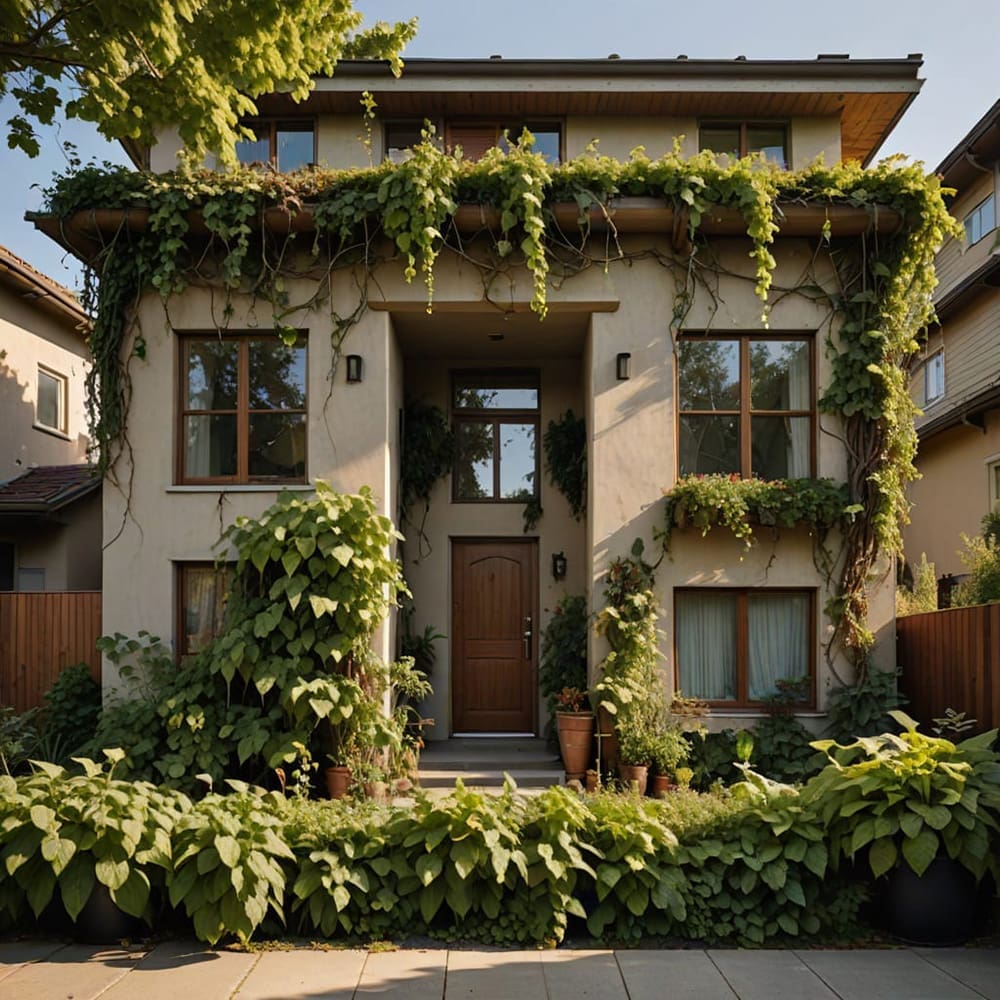
Contemporary Relevance
Today, Ecological Art is more important than ever. Climate change, biodiversity loss, and pollution have made environmental engagement urgent. Contemporary ecological artists are integrating technology, data, and interactive platforms to highlight issues like global warming, ocean acidification, and urban sprawl. For example, large-scale installations may use environmental sensors to visualize air quality or melting ice patterns, making abstract scientific data tangible and emotionally resonant.
Community-based ecological art projects are also thriving. Artists collaborate with local populations to develop urban gardens, wetlands, or sustainable landscapes. These projects cultivate environmental stewardship, encourage civic engagement, and demonstrate the power of art to foster ecological literacy.
Ecological Art is not confined to physical materials. Digital Eco-Art, VR, and online participatory projects are expanding the movement’s reach, allowing global audiences to engage with ecological challenges creatively. This convergence of art, technology, and activism underscores the movement’s enduring relevance: it not only creates beauty but also inspires tangible environmental action.
A Multifaceted Global Movement
Ecological Art has evolved from early experiments in the 1960s into a multifaceted global movement. By integrating aesthetic innovation with environmental activism, ecological artists highlight pressing environmental issues, engage communities, and inspire action. The movement’s relevance continues to grow in response to climate change, urbanization, and ecological degradation, showing that art can be both beautiful and a force for environmental stewardship.
“When I first started talking about ecological concepts, they were laughing at me.”
Agnes Denes
Browse 1000’s of Books in Our PromisesBooks Bookshop
Discover more from PEN vs SWORD
Subscribe to get the latest posts sent to your email.



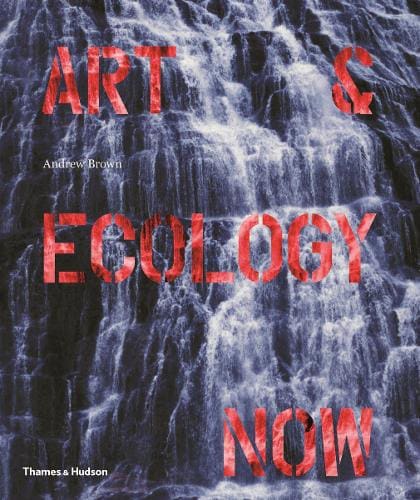

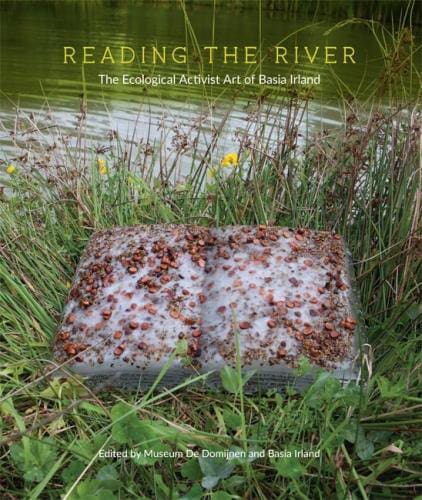
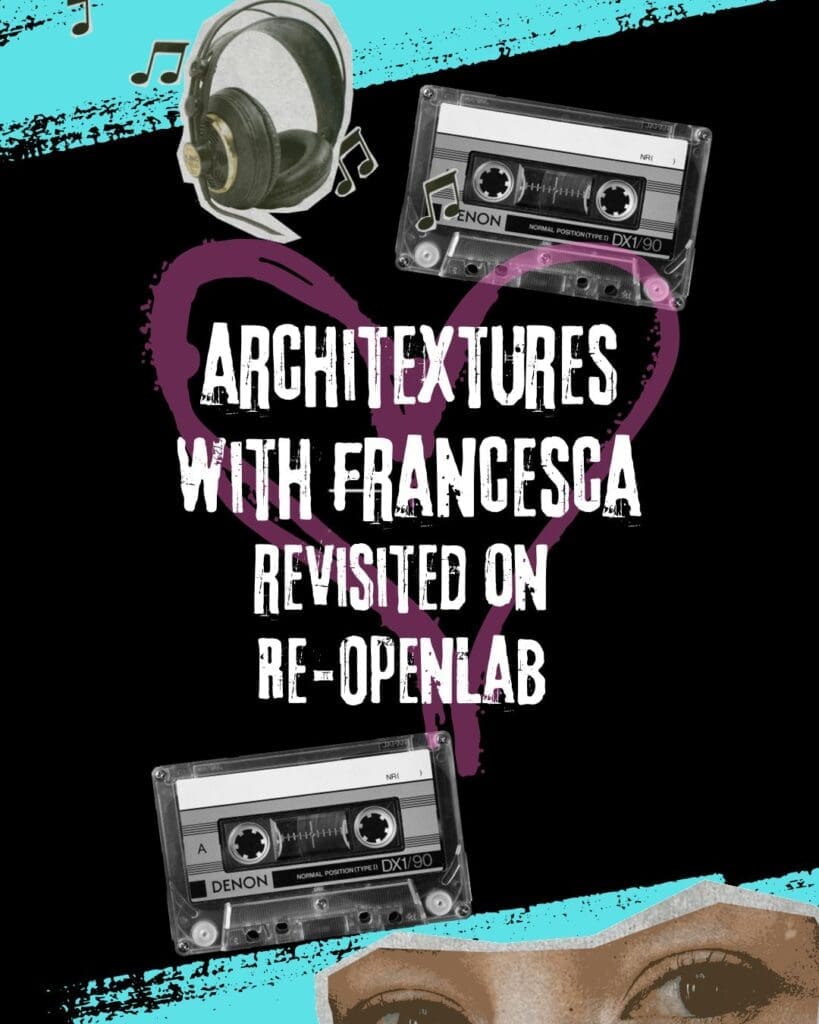


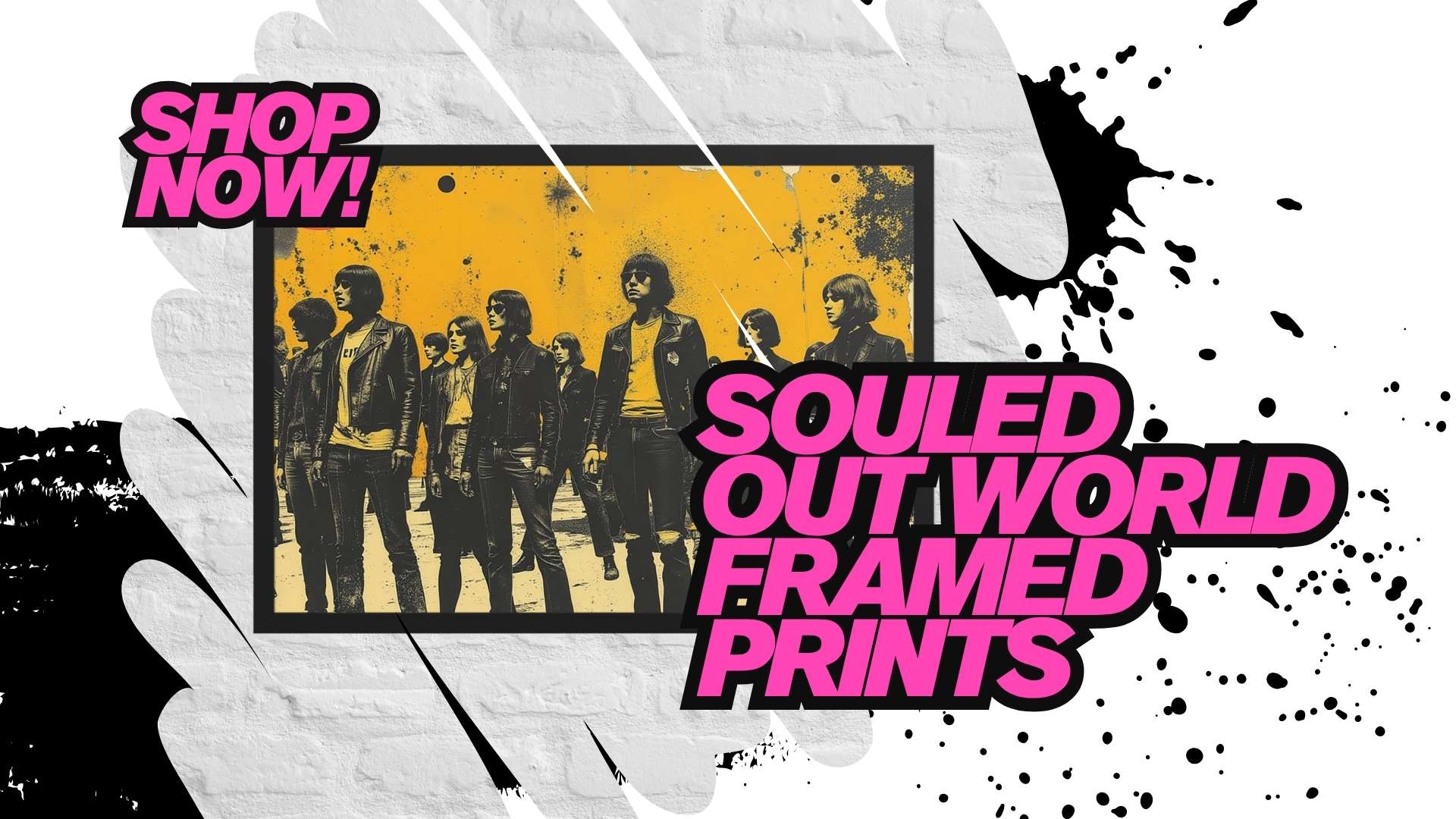
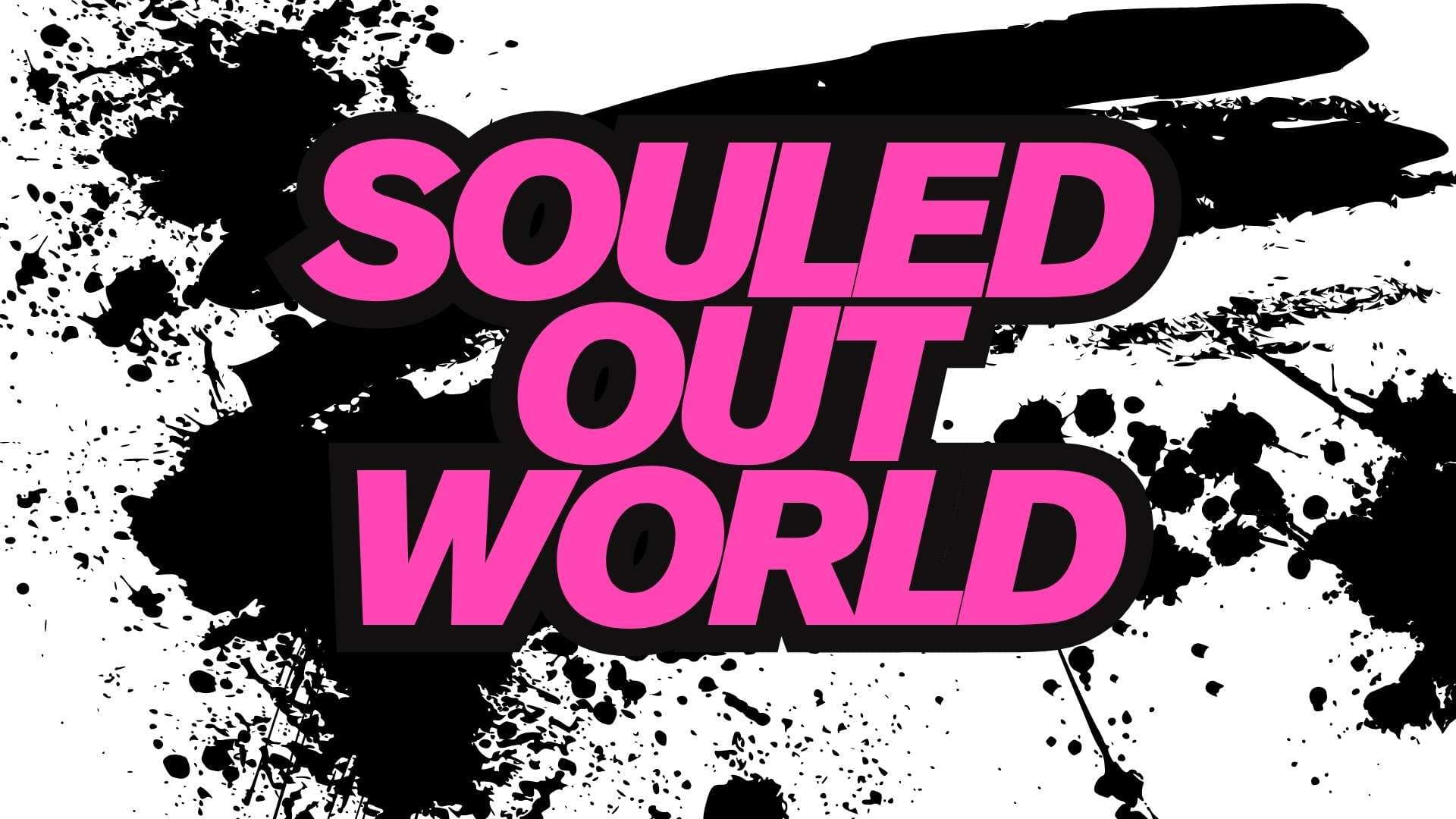



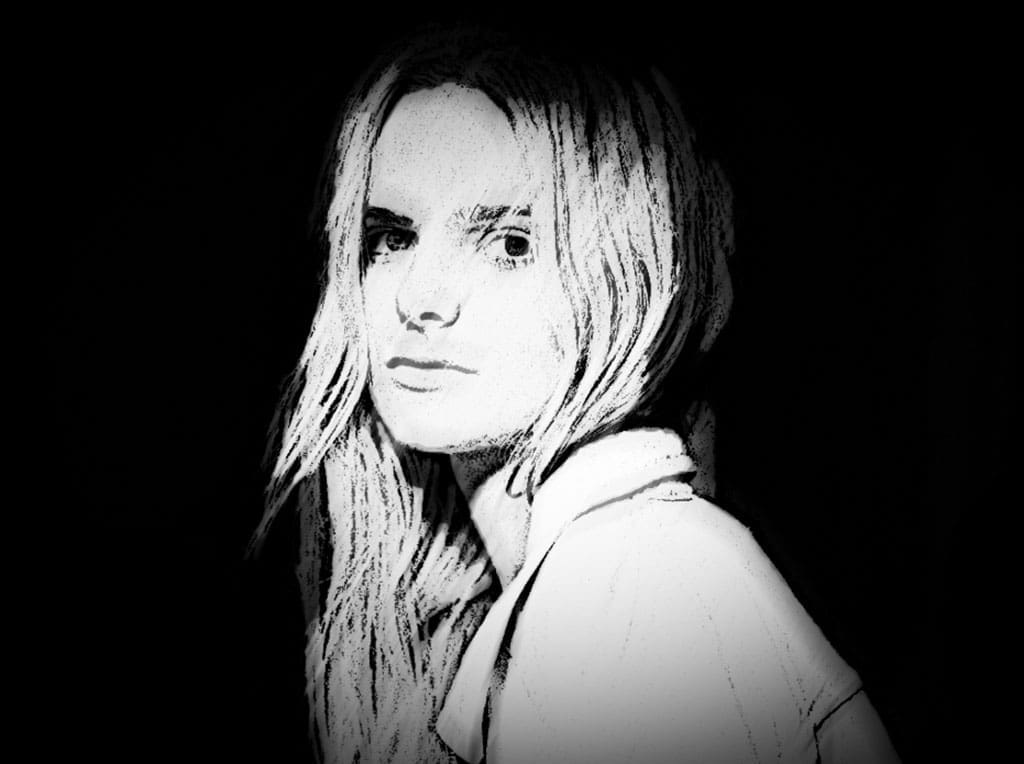

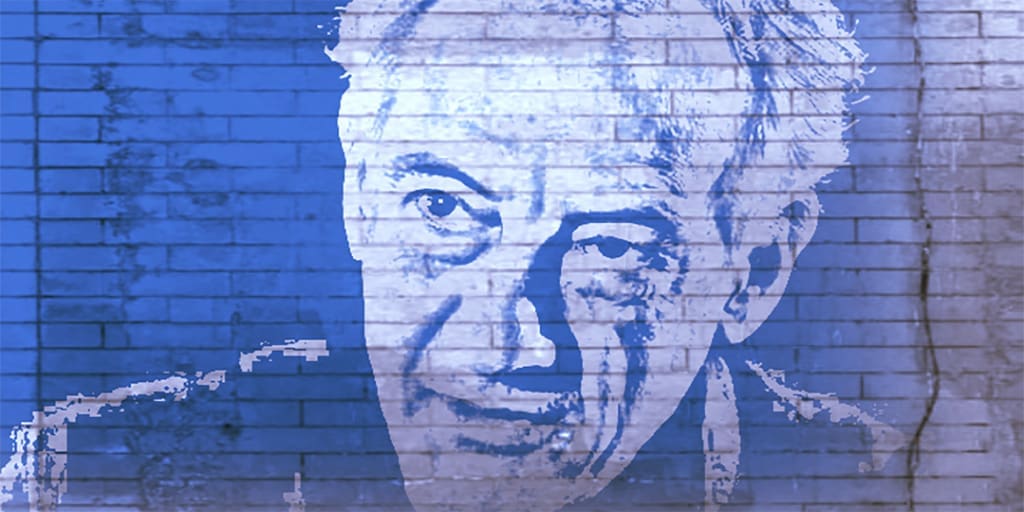



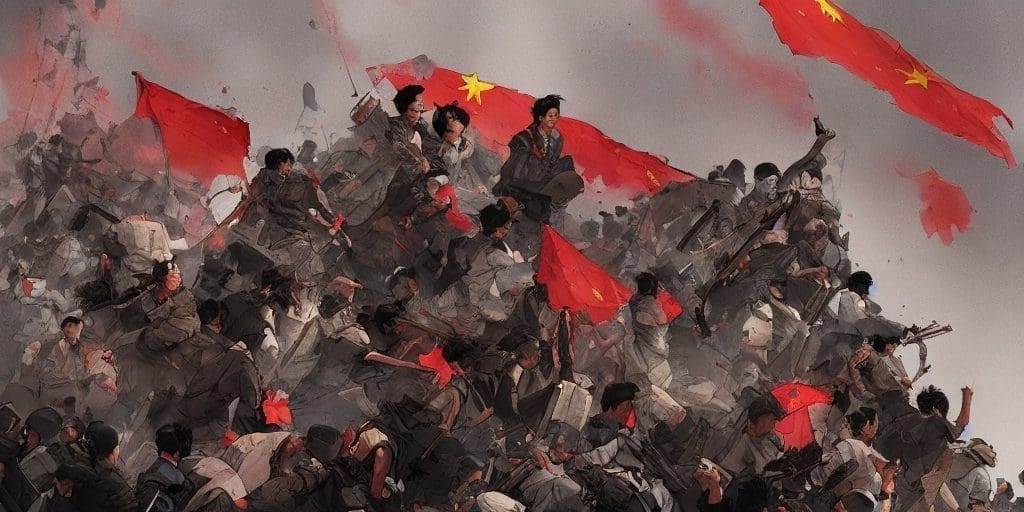








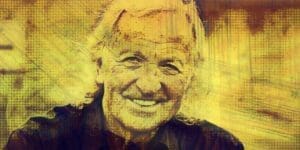


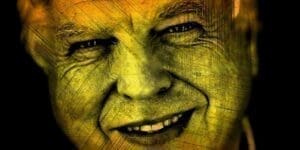

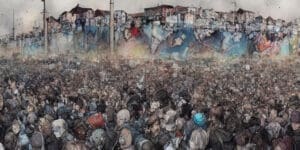




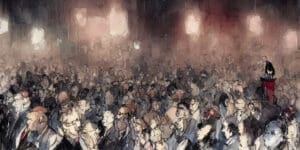


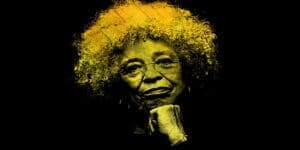



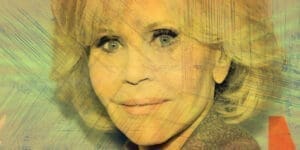




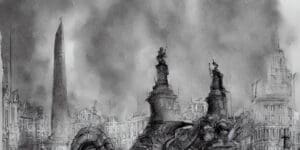

What do you think?